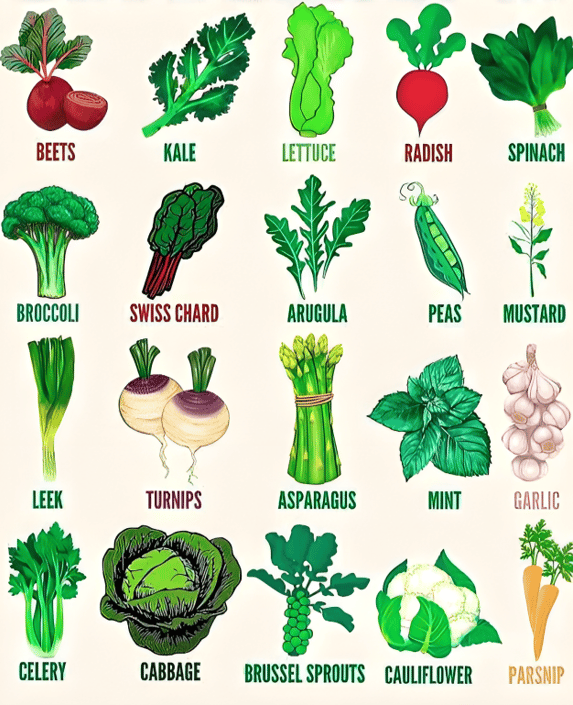Self-Sufficiency
Blog post description.
PREPARE FOR THE LONG-TERM
12/5/20243 min read
Self-Sufficiency
Gardening for food is a valuable skill during prolonged crises, especially when access to fresh produce is limited. Here’s a detailed guide to help you grow fast-growing crops like potatoes, beans, and leafy greens efficiently. Learn basic gardening to grow food, especially fast-growing crops like potatoes, beans, or leafy greens.


1. Prepare the Growing Area
Whether you’re working with a backyard, balcony, or windowsill, preparation is key.
Soil: Use nutrient-rich, well-draining soil. You can improve poor soil by adding compost or organic matter.
Containers: If space is limited, use pots, buckets, or grow bags with drainage holes.
Sunlight: Ensure your garden gets at least 6–8 hours of sunlight daily. Leafy greens can tolerate partial shade.
Water Source: Set up a water source nearby, and consider rainwater collection if possible.
2. Fast-Growing Crops to Cultivate
Here’s how to grow specific crops that yield quickly:
A. Potatoes
Why Potatoes?
Potatoes are calorie-dense, easy to grow, and adaptable to most climates.Planting:
Cut seed potatoes (small potatoes or chunks with at least one eye) and let them dry for a day.
Plant in loose soil or containers about 4 inches deep, 12 inches apart.
Cover with soil and mound more soil as the plant grows to prevent sunlight exposure to tubers.
Care:
Keep soil consistently moist but not waterlogged.
Mulch to retain moisture and prevent weeds.
Harvest:
When the leaves are yellow and die, gently dig up the potatoes. Harvest baby potatoes after 70–90 days and mature ones after 100–120 days.
B. Beans
Why Beans?
Beans are rich in protein, easy to grow, and improve soil fertility through nitrogen fixation.Planting:
Choose bush beans (compact) or pole beans (need support).
Plant seeds 1 inch deep and 4–6 inches apart.
For pole beans, provide a trellis or stakes for climbing.
Care:
Water regularly, keeping the soil moist but not soggy.
Remove weeds and check for pests like aphids or beetles.
Harvest:
Pick green beans when they are tender and before the seeds inside swell. They typically mature in 50–70 days.
C. Leafy Greens (Spinach, Lettuce, Kale)
Why Leafy Greens?
These crops grow quickly, are nutrient-rich, and can be harvested multiple times.Planting:
Sow seeds directly in the soil, about 1/4 inch deep and 6 inches apart.
Thin seedlings to ensure proper spacing once they sprout.
Care:
Water regularly to keep soil consistently moist.
Fertilize lightly with compost or a balanced organic fertilizer.
Harvest:
Start harvesting leaves when they’re big enough to eat, usually within 30–45 days. Harvest outer leaves first to encourage continued growth.
3. Maintenance Tips
Pest Control:
Use natural remedies like neem oil or soap spray for pests.
Encourage beneficial insects like ladybugs to control pests naturally.
Weeding:
Remove weeds regularly to prevent competition for nutrients and water.Mulching:
Add a layer of mulch (straw, leaves, or wood chips) to retain soil moisture and reduce weeds.Crop Rotation:
Rotate crops each season to prevent soil nutrient depletion and reduce pests.
4. Maximize Yields in Small Spaces
Vertical Gardening: Grow beans or climbing greens on trellises to save space.
Succession Planting: Replant quick-growing crops every 2–3 weeks to ensure continuous harvests.
Companion Planting: Pair crops that grow well together (e.g., beans with leafy greens) to optimize space and deter pests.
5. Storing and Using Your Harvest
Preservation:
Blanch and freeze leafy greens.
Cure potatoes in a dark, dry place for long-term storage.
Dry beans for preservation.
Cooking:
Use harvested crops in soups, stews, or fresh sides to maximize their nutrition.
6. Benefits Beyond Food
Gardening promotes mental well-being, provides a sense of purpose, and builds resilience during difficult times.
It also improves your skills in self-sufficiency, making it a critical survival asset.
By following these steps, you can ensure a steady supply of nutritious food, even in challenging circumstances.
